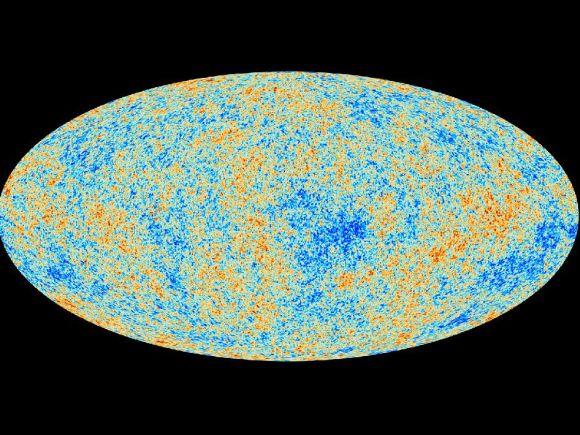
The most detailed map ever created of the cosmic microwave background -- the relic radiation from the Big Bang -- acquired by the European Space Agency's Planck space telescope was released revealing the existence of features that challenge the foundations of our current understanding of the Universe.
The images showing first light of the universe challenge some of the fundamental theories of the big bang theory.
This new photogenic moment, released Thursday, comes courtesy of the European Space Agency's Planck space telescope, which detects cosmic microwave background radiation -- the light left over from the Big Bang. Scientists used data from Planck to create an artificially colored map of temperature variations across the sky in the early universe, in more detail than ever before.
...
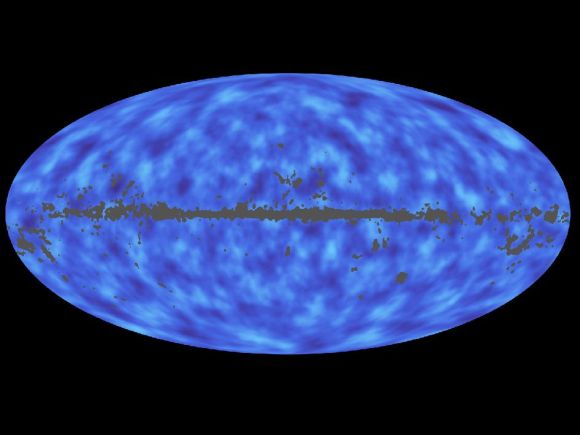
The Planck space mission has released the most accurate and detailed map ever made of the oldest light in the universe, revealing new information about its age, contents and origins. The images challenge some of the fundamental theories of the big bang theory.
The map results suggest the universe is expanding more slowly than scientists thought, and is 13.8 billion years old, 100 million years older than previous estimates.
"Astronomers worldwide have been on the edge of their seats waiting for this map," said Joan Centrella, Planck program scientist at NASA Headquarters in Washington. "These measurements are profoundly important to many areas of science, as well as future space missions.
...

The map, based on the mission's first 15.5 months of all-sky observations, reveals tiny temperature fluctuations in the cosmic microwave background, ancient light that has traveled for billions of years from the very early universe to reach us. The patterns of light represent the seeds of galaxies and clusters of galaxies we see around us today.
"As that ancient light travels to us, matter acts like an obstacle course getting in its way and changing the patterns slightly," said Charles Lawrence, the U.S. project scientist for Planck at NASA's Jet Propulsion Laboratory in Pasadena, Calif. "The Planck map reveals not only the very young universe, but also matter, including dark matter, everywhere in the universe."
...
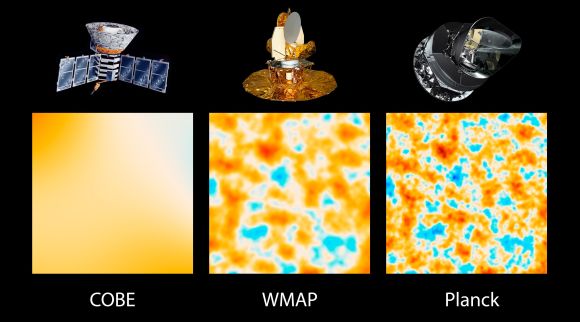
The findings also test theories describing inflation, a dramatic expansion of the universe that occurred immediately after its birth. In far less time than it takes to blink an eye, the universe blew up by 100 trillion trillion times in size. The new map, by showing that matter seems to be distributed randomly, suggests that random processes were at play in the very early universe on minute "quantum" scales. This allows scientists to rule out many complex inflation theories in favor of simple ones.
...
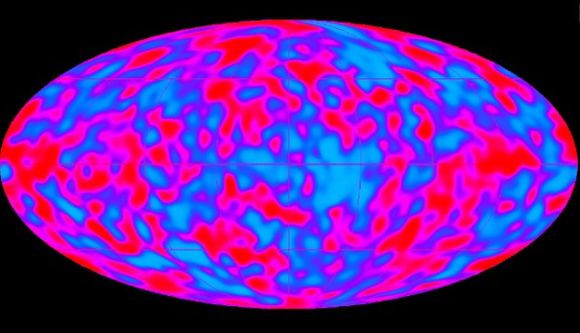
Planck launched in 2009 and has been scanning the skies ever since, mapping the cosmic microwave background, the afterglow of the theorized big bang that created our universe.
This relic radiation provides scientists with a snapshot of the universe 370,000 years after the big bang. Light existed before this time, but it was locked in a hot plasma similar to a candle flame, which later cooled and set the light free.
...
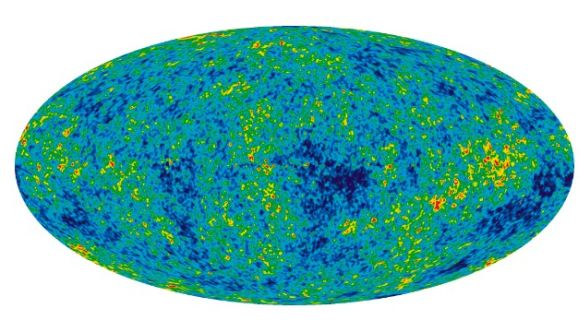
The Planck telescope is aboard a spacecraft that launched in May 2009. It is not circling the Earth but orbits a point in the Sun-Earth system called the second Lagrange point.
Planck represents the third generation of attempts to map the cosmic microwave background. The first was COBE, launched in 1989, followed by WMAP, launched in 2001. Comparing the resulting maps shows just how much better the maps have gotten with each successive satellite, The CNN reported.
Click NEXT to see more features...
...